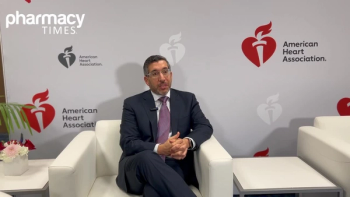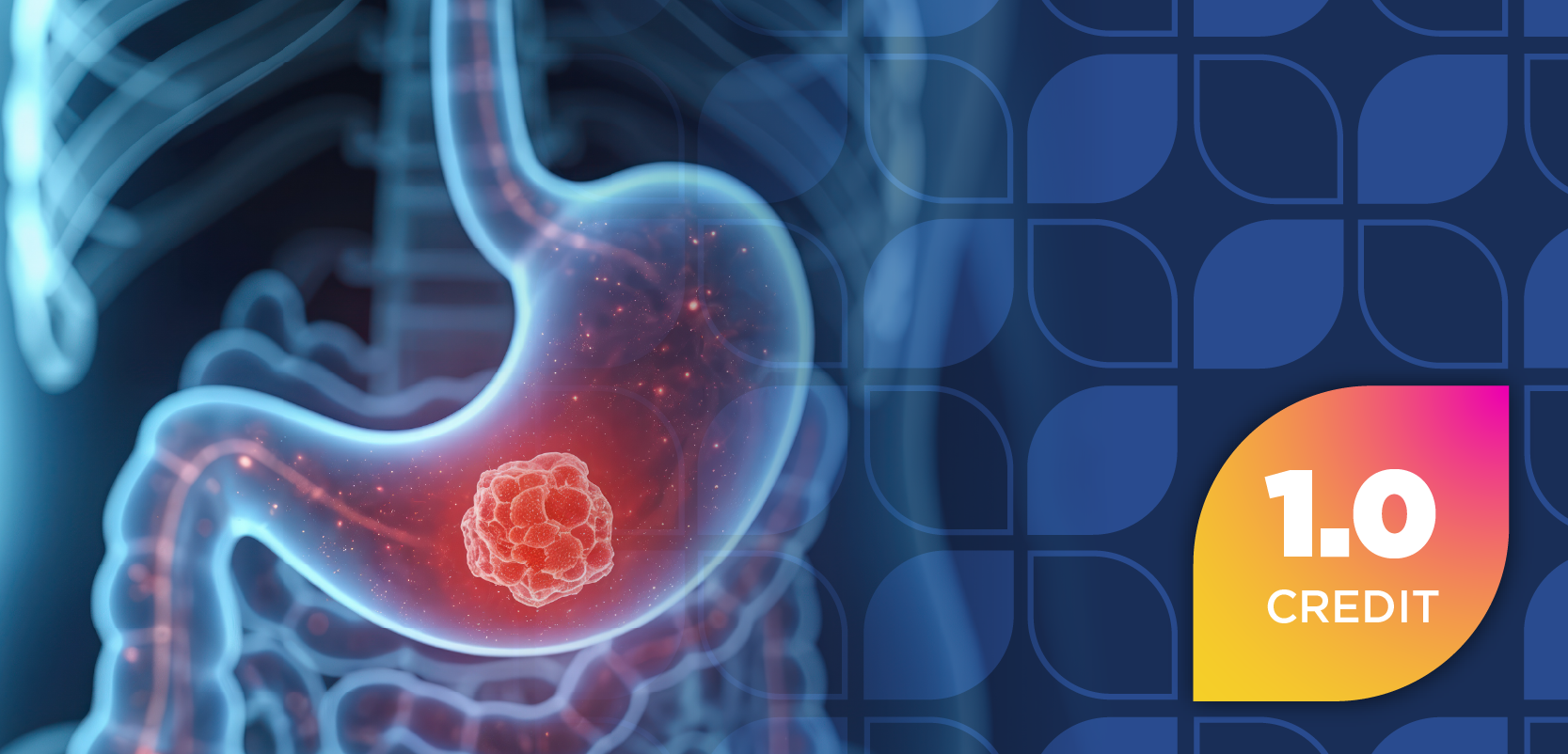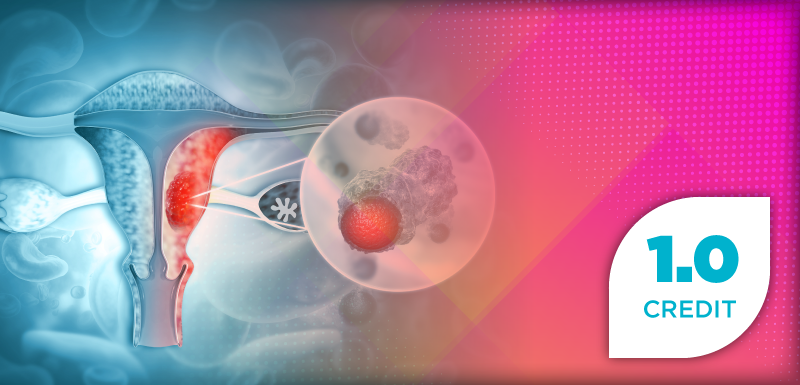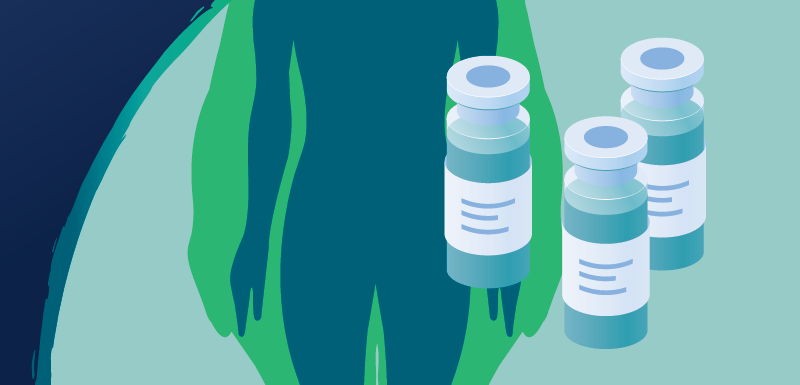Burnout is a critical issue in health care and is closely related to mental health. Burnout is a state of emotional, physical, and mental exhaustion characterized by increased mental distance from one’s job or feelings of cynicism and reduced professional efficacy that results from unmanaged chronic workplace stress.1
The 2023-2024 State of Well-Being Index, compiled by Mayo Clinic, reports that 62% of pharmacy professionals experienced burnout during this time.2,3 Pharmacist burnout damages the profession, patient care, and the health care organization. Personal consequences include depression, anxiety, frustration, substance abuse, and negative effects on home life and self-care.4
About the Author
Kathleen Kenny, PharmD, RPh, earned her doctoral degree from the University of Colorado Health Sciences Center in Aurora. She has more than 30 years of experience as a community pharmacist and works as a clinical medical writer based in Homosassa, Florida.
CAUSES OF BURNOUT
Workplace factors have an enormous effect on burnout. Pharmacists handle high volumes of information from multiple sources simultaneously. From processing prescriptions to patient interactions and administrative tasks, pharmacists often accomplish this without adequate staffing, leading to long hours and a feeling of overwhelm.
Pressures to meet unrealistic performance metric expectations, micromanagement, and a lack of organizational support all contribute to a lack of professional autonomy. Coupled with the high-stakes nature of pharmacy, where errors can have serious consequences, feelings of physical and emotional exhaustion are magnified.
Personal and professional factors also contribute to burnout. Long hours and a stressful work environment can lead to a lack of time for self-care, feelings of isolation, and blurred lines between work life and home life. Some of the same attributes that make pharmacists good at what they do may also contribute to burnout, such as attention to detail, perfectionism, and empathy.
The cost of empathy can be high. Pharmacists need to be empathetic to provide compassionate care; however, repeated exposure to patient experiences can lead to compassion fatigue, the emotional and physical exhaustion experienced by working with people who are suffering. Symptoms include emotional numbing, detachment, reduced empathy, and a feeling of helplessness.5
SYMPTOMS OF BURNOUT
Pharmacist burnout manifests both psychologically and physically with symptoms that may be overlooked because they occur gradually. Symptoms may be subtle at first but can worsen if not addressed. Symptoms of burnout are like those of stress but can be differentiated in 3 ways6:
- Feelings of exhaustion: Feeling drained and unable to cope with both personal and professional problems can manifest as feeling low and experiencing extreme tiredness. These symptoms may also manifest physically, such as pain or gastrointestinal upset.
- No enthusiasm or feeling negative about work: Feeling detached from or frustrated with patients, colleagues, or even the job is common in burnout.
- Inability to perform: Feeling unable to concentrate, handle responsibilities, or perform essential tasks may occur on the job or at home.
CONSEQUENCES OF BURNOUT
Pharmacist burnout can have far-reaching consequences for pharmacists and patients. Burnout has been strongly linked to mental health issues, such as depression, anxiety, substance abuse, and suicidal ideation. Additionally, physical symptoms such as headaches, digestive issues, sleep disturbances, and a weakened immune system have all been attributed to burnout.1
Burnout leads to decreased job satisfaction, reduced productivity, loss of focus, and higher rates of pharmacists leaving the profession. This, coupled with the recent decrease in pharmacy school enrollments,7 can have detrimental effects on the health care field.
The risks of pharmacist burnout are just as dangerous for patients. Burnout can negatively impact the quality of care that patients receive through medication errors and delayed patient care, which can lead to decreased patient satisfaction and poorer patient outcomes. Staffing shortages can also impact patient access to care and result in longer wait times.
PREVENTION AND MANAGEMENT OF BURNOUT
A multifaceted approach involving individual and organizational strategies will be necessary to provide an effective, supportive environment to prevent or reduce burnout among pharmacists. Managing workload is a crucial step in preventing burnout. Limiting duty hours with adequate staffing and flexible work schedules can reduce burnout, as well as realistic metric expectations and appropriate training and resources.8
In addition to manageable workloads, individual-focused interventions to reduce job-related stress and pressure should be made available. These include counseling, mindfulness, stress management, and small group discussions.8
Autonomy and control over the work environment are also protective factors against burnout. Providing access to developmental activities, training, and educational opportunities helps pharmacists feel more confident, engaged, and motivated.8
An open, supportive environment that encourages pharmacists to seek help when they recognize signs of distress, mental health challenges, and burnout in themselves is required to combat burnout. This help may come from colleagues, mentors, or therapists.8
Pharmacists must prioritize their health and work-life balance and advocate for change.
ADVOCATING FOR CHANGE
Pharmacists are the most accessible health care providers in the United States, playing a crucial role in medication safety and education. Advocacy fosters professional development, creates better working conditions, and enhances patient care. The challenges of the pharmacy profession are mounting, making advocacy imperative for the profession’s future. Challenges include increasing workloads, staffing shortages, and administrative burdens, all of which contribute to burnout, decreased job satisfaction, and potential compromises in patient safety.
Therefore, pharmacists must actively advocate for better working conditions and the advancement of their profession. This advocacy includes pushing for reasonable staffing ratios, adequate compensation, protected time for clinical services, and recognizing pharmacists as essential providers. By championing these changes, pharmacists not only improve their own professional well-being but also enhance the quality of care delivered to patients, ensuring a sustainable and thriving future for the profession.
Effective advocacy requires goal setting, clear communication, and strong evidence. It is most efficient to speak plainly, without technical jargon, and in simple terms. Support all claims with data, research, and real-world examples. Finally, be respectful and professional by maintaining a positive and collaborative approach.
CONCLUSION
Burnout is a real, debilitating syndrome that affects all health care workers, including pharmacists. Learning to recognize and manage the symptoms of burnout will benefit both pharmacists and patients. Pharmacists must remain vigilant, set boundaries, and prioritize their mental and physical health.
Advocating for change to improve working conditions in the field of pharmacy is imperative for the future. Focusing on policymakers, engaging with professional organizations, and shining the spotlight on pharmacy as a core element of patient care can help ensure safety for pharmacists and patients alike.
REFERENCES
1. Salvagioni DAJ, Melanda FN, Mesas AE, González AD, Gabani FL, de Andrade SM. Physical, psychological and occupational consequences of job burnout: a systematic review of prospective studies. PLoS One. 2017;12(10):e0185781. doi:10.1371/journal.pone.0185781
2. State of Well-Being 2023-2024 Report. Well-Being Index. Accessed March 27, 2025. https://www.mywellbeingindex.org/downloads/state-of-well-being-2023-2024-report/
3. Asser J. Where burnout rates are trending among healthcare professions. HealthLeaders. January 2, 2025. Accessed March 27, 2025. https://www.healthleadersmedia.com/ceo/where-burnout-rates-are-trending-among-healthcare-professions#:~:text=KEY%20TAKEAWAYS,nurses%20both%20dropped%20in%202023
4. Prasad-Reddy L, Kaakeh R, McCarthy BC Jr. Burnout among health system pharmacists: presentation, consequences, and recommendations. Hosp Pharm. 2021;56(4):374-377. doi:10.1177/0018578720910397
5. Wu J. Feeling empathy burnout? protect yourself from fatigue. Psychology Today. March 3, 2021. Accessed March 27, 2025. https://www.psychologytoday.com/us/blog/the-savvy-psychologist/202103/feeling-empathy-burnout-protect-yourself-fatigue
6. Burnout: symptoms and signs. WebMD. March 5, 2024. Accessed March 27, 2025. https://www.webmd.com/mental-health/burnout-symptoms-signs
7. Brown DL. Years of rampant expansion have imposed Darwinian survival-of-the-fittest conditions on US pharmacy schools. Am J Pharm Educ. 2020;84(10):ajpe8136. doi:10.5688/ajpe8136
8. Razai MS, Kooner P, Majeed A. Strategies and interventions to improve healthcare professionals’ well-being and reduce burnout. J Prim Care Community Health. 2023;14:21501319231178641. doi:10.1177/21501319231178641
















































































































































































































